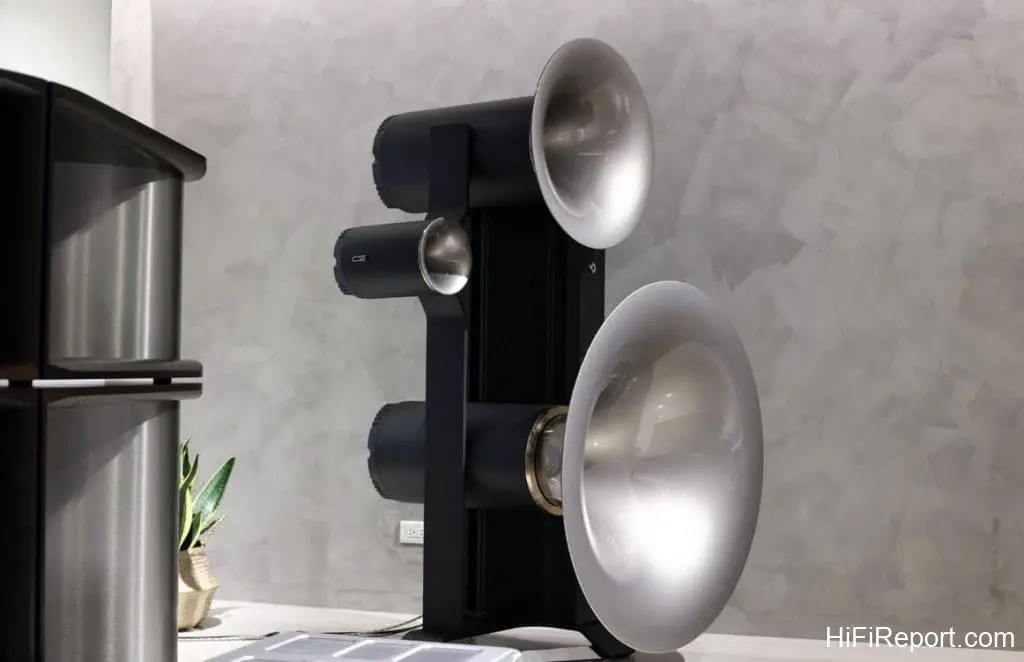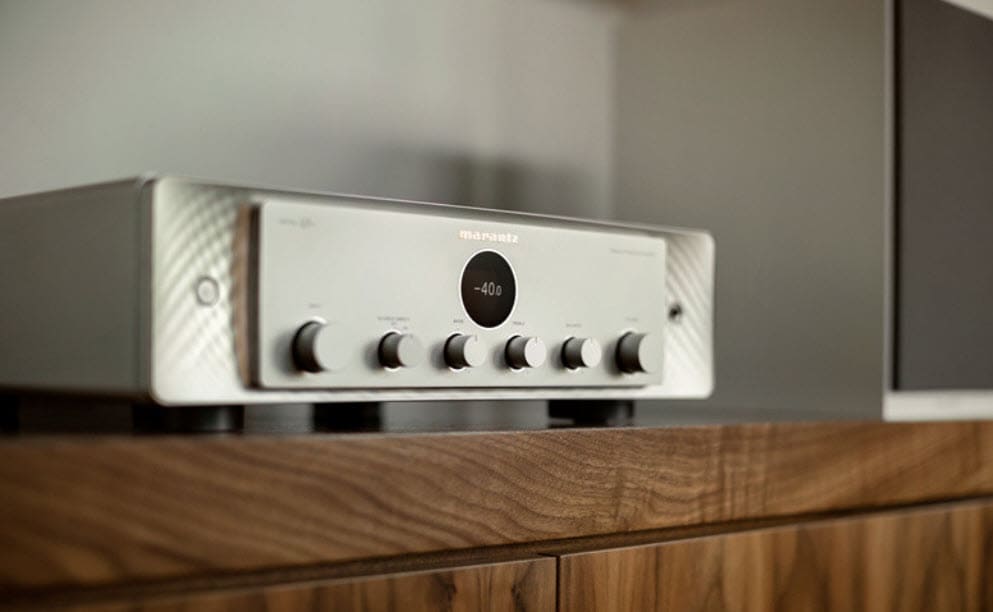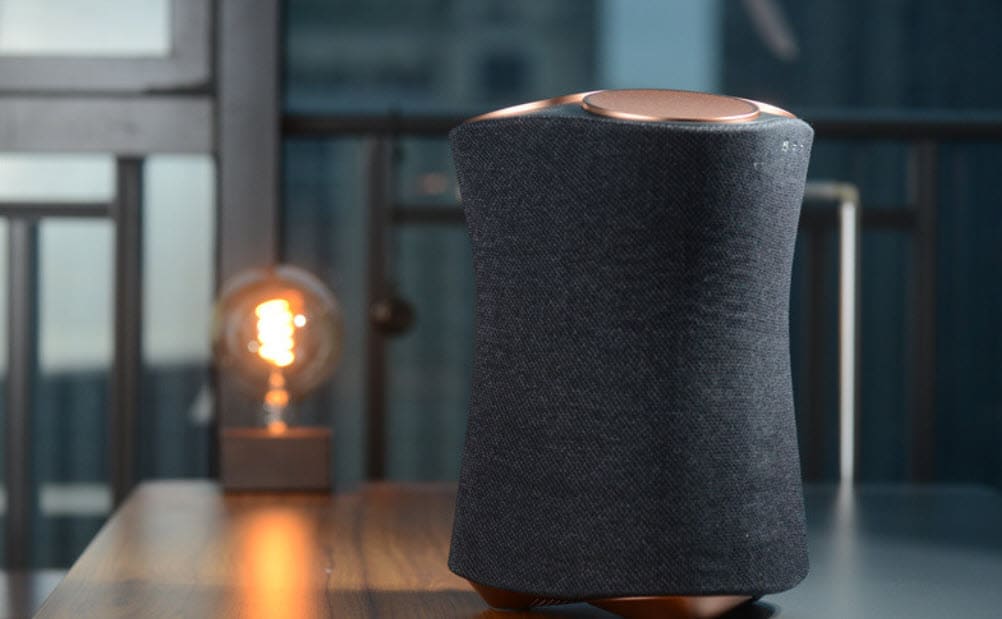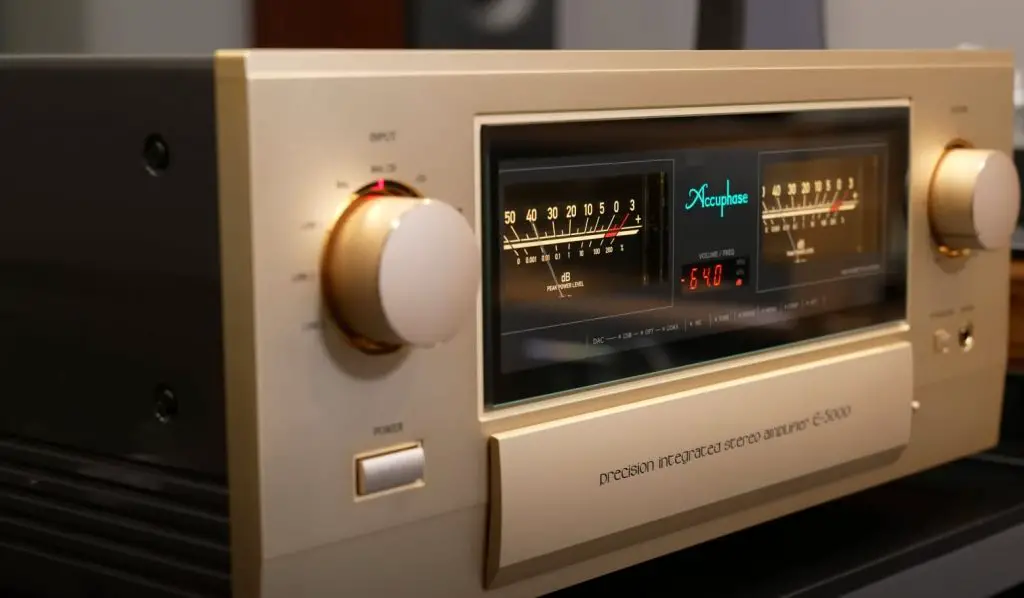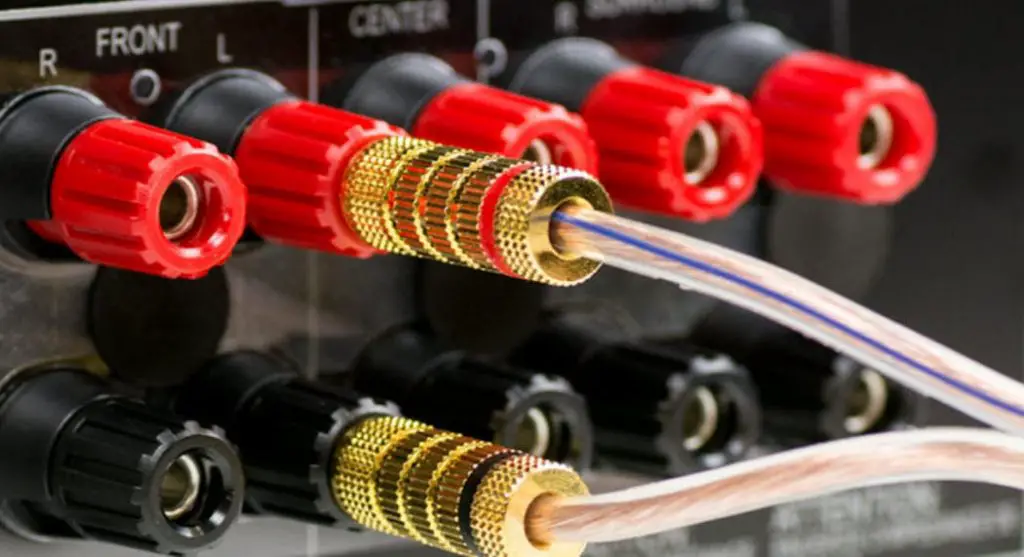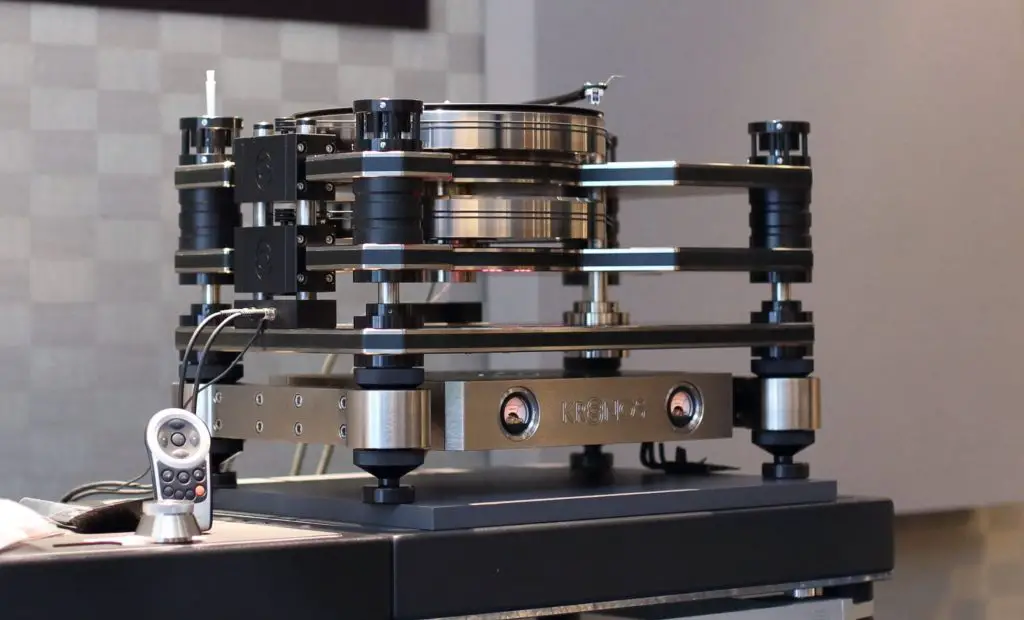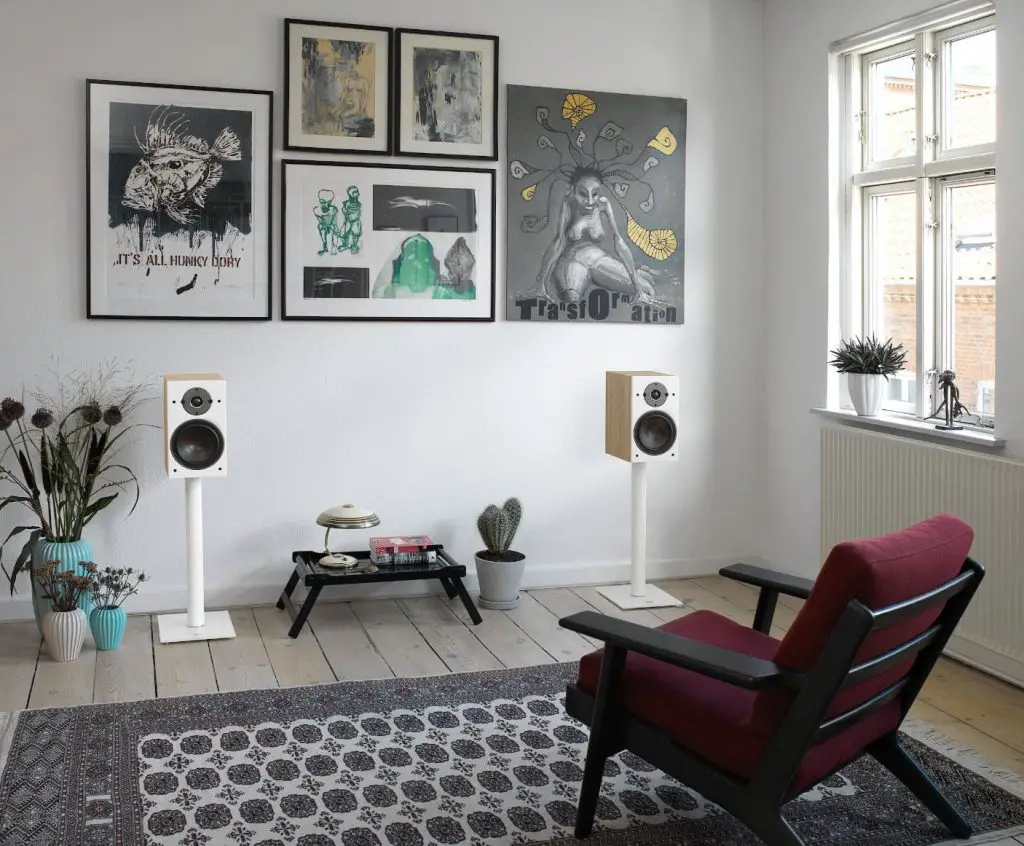8 Common Misconceptions About High-End Audio Systems
High-end audio systems are designed to reproduce high-quality, high-fidelity sound with minimal distortion and noise. These systems typically include high-end speakers, amplifiers, digital-to-analog converters (DACs), preamplifiers, and other carefully selected and calibrated components to work harmoniously.
I. Introduction
Despite their popularity and the claims made by manufacturers and enthusiasts, many misconceptions and myths surrounding high-end audio systems can confuse or mislead those new to the hobby. This blog post will explore the eight most common fantasies about high-end audio systems and provide clear, concise explanations that can help you separate fact from fiction.
Whether you’re a seasoned audiophile or just starting to explore the world of high-end audio, this post will help you better understand what high-end audio systems are, how they work, and what you should know before investing in one.
II. Misconception #1: Expensive audio systems always sound better
When it comes to high-end audio systems, one of the most common misconceptions is that expensive systems always sound better. This misconception is often perpetuated by the assumption that the more you spend, the better the sound quality. However, this is only sometimes the case.
Several factors can impact the sound quality of an audio system, including the quality of the components, the room acoustics, and the quality of the source material. While expensive systems may have high-quality ingredients, they may not necessarily be the best fit for a particular room or type of music.
In addition, there are many high-quality audio systems available at different price points, and the most expensive system is only sometimes the best fit for every listener. It’s essential to consider your personal listening preferences and budget when selecting an audio system.
The difference in sound quality between mid-range and high-end systems may not be as significant as some assume. While high-end systems can provide a more detailed and nuanced listening experience, the difference may not be worth the extra cost for everyone.
While expensive audio systems may have high-quality components, they are only sometimes the best fit for every listener. The most crucial factor is selecting an audio system that fits your listening preferences and budget.
III. Misconception #2: High-end audio systems are only for audiophiles
High-end audio systems have often been associated with audiophiles, who are regarded as the only ones who can appreciate the sound quality of such systems. This misconception has prevented many people from exploring high-end audio systems, thinking they are not for them.
Audiophiles are people who are passionate about music and have a deep understanding of sound quality, and they are often associated with high-end audio systems. Many think high-end audio systems are only for audiophiles because they are designed to reproduce sound at a level beyond what is considered “normal” or “average.” The perception is that you need to have an excellent ear for music to appreciate the nuances and subtleties of a high-end audio system.
High-end audio systems are for more than just audiophiles. They are for anyone who loves music and wants to experience the best sound quality possible. A high-end audio system can bring out the full potential of any music, making it sound richer, more precise, and more detailed. It can help you appreciate the little details and subtleties you might have missed with a lower-quality system.
Moreover, high-end audio systems come in various designs and styles, making it possible to choose one that fits your lifestyle and decor. Some are even designed to be compact and portable, which makes it possible to take them with you anywhere you go.
IV. Misconception #3: Digital audio is inferior to analog audio
Digital audio has come a long way since its inception, but many audiophiles still believe that analog audio is superior. Here are some reasons why this is a common misconception:
- Misunderstanding of the digital audio process: Some people assume that because digital audio involves converting analog signals into a digital format, there is always some degree of loss in quality. However, modern digital audio technology can capture and reproduce audio signals with high fidelity and minimal loss.
- Nostalgia for analog audio: For many audiophiles, analog audio is associated with a golden age of music and audio equipment. Some believe that the unique characteristics of analog audio, such as warm and rich sound, cannot be replicated in digital audio. However, these characteristics are subjective and can be achieved with the right digital equipment.
- Lack of experience with modern digital audio equipment: For those who have yet to use modern digital audio equipment, it’s easy to assume that digital audio is inferior. However, many high-end digital audio systems can produce high-quality sound that rivals or surpasses analog audio.
Despite these misconceptions, digital audio has several benefits that make it an attractive option for high-end audio systems:
- Consistency and accuracy: Digital audio equipment can reproduce audio signals with great precision and consistency, meaning that the sound you hear is faithful to the original recording.
- Wide range of formats: Digital audio can be stored in various formats, including lossless formats that preserve audio quality and compressed formats that save storage space without significant loss in quality.
- Flexibility: Digital audio equipment can be easily integrated with other digital devices and systems, making it easy to use and maintain. It’s also easier to adjust digital audio settings to achieve the desired sound quality.
While analog audio may have a unique appeal, digital audio is a viable and often superior option for high-end audio systems. The quality of digital audio technology has improved significantly over the years, and modern high-end digital audio equipment is capable of reproducing audio signals with remarkable accuracy and fidelity.
V. Misconception #4: More watts always mean better sound quality
One of the most common misconceptions about high-end audio systems is that more watts always mean better sound quality. Many believe that the higher the wattage of an amplifier, the better the sound will be. While it’s true that amplifiers with more power can produce a louder sound, that doesn’t necessarily mean that the sound quality is better.
People tend to associate high wattage with high performance and therefore assume that a high-wattage amplifier will always produce better sound quality. This misconception stems from the belief that higher wattage equates to better performance, which is only sometimes the case. Additionally, many manufacturers use high wattage as a marketing tactic to promote their products, leading consumers to believe that more watts always mean better sound.
The relationship between wattage and sound quality is complex and not as straightforward as many people assume. While more watts can produce a louder sound, the quality of the sound depends on many factors, including the amplifier, the speakers’ quality, and the room’s acoustics. Using an amplifier with a much higher wattage than the speakers can handle can damage the speakers and produce distorted sound.
Furthermore, wattage is not the only factor that determines sound quality. The sensitivity and impedance of the speakers, as well as the quality of the amplifier’s circuitry, can have a significant impact on the overall sound quality. Therefore, it’s essential to consider these factors when choosing an amplifier rather than relying solely on wattage.
While it’s true that more watts can produce a louder sound, it’s only sometimes the case that more watts mean better sound quality. It’s important to consider all of the factors that contribute to sound quality, including the quality of the speakers and amplifier, as well as the room’s acoustics.
VI. Misconception #5: All cables sound the same
When it comes to high-end audio systems, one of the most overlooked aspects is the importance of high-quality cables. Many people believe that all cables are the same and that they don’t have a significant impact on sound quality. However, this is far from the truth.
This misconception arises because cables are often seen as an essential commodity. People usually believe that as long as the cable connects two components, it will work fine. They assume there is no difference between a cheap and an expensive cable; therefore, the high price of some cables is seen as a marketing gimmick.
High-quality cables play a critical role in the sound quality of an audio system. A high-quality cable has better shielding, which reduces interference, noise, and distortion. The connectors of a high-quality cable are also made of high-quality materials, which help to maintain signal integrity. On the other hand, a low-quality cable can significantly impact the sound quality of an audio system, resulting in a loss of detail, clarity, and accuracy.
The type of cable used can also significantly impact sound quality. For example, a coaxial cable is better suited for digital signals, while a twisted pair cable is better for analog signals. Moreover, the length of the cable can also affect the sound quality, as longer cables can result in signal degradation.
Investing in high-quality cables is essential for anyone who wants to enjoy the full potential of their high-end audio system. While many affordable cables are available on the market, it’s crucial to choose the appropriate cable for your system and the type of signal being transmitted.
VII. Misconception #6: Expensive audio equipment lasts longer
When investing in high-end audio equipment, some assume that paying more for expensive equipment will result in it lasting longer than cheaper alternatives. However, this is only sometimes true. Here are some reasons why this is a common misconception:
- Cost only sometimes equates to quality: Just because something is expensive doesn’t mean it’s built to last. High-end equipment may be made with more premium materials, but more is needed to guarantee its longevity.
- Components can still wear out: No matter how much you spend on your audio equipment, some elements will still wear out over time. Speakers, for example, have a limited lifespan and will eventually need to be replaced, regardless of their cost.
- Proper maintenance is vital: Neglecting to care for your high-end equipment can lead to it breaking down sooner than expected. Regular maintenance, including cleaning and servicing, can prolong the lifespan of your equipment.
So, how can you properly care for high-end audio equipment? Here are a few tips:
- Please keep it clean: Dust and dirt can accumulate on your equipment, which can cause it to overheat or break down. Regularly clean your equipment with a microfiber cloth to keep it in good condition.
- Store it in a safe place: Keep your equipment away from direct sunlight, extreme temperatures, and moisture. Avoid placing it on the floor, where it can collect dust and get accidentally kicked.
- Use a power conditioner: A power conditioner can help protect your equipment from power surges and other electrical issues that can damage it over time.
You can ensure that it lasts many years by taking good care of your high-end audio equipment.
VIII. Misconception #7: Room acoustics don’t matter with high-end audio systems
Room acoustics play a significant role in the sound quality you hear from your high-end audio system. If they invest in high-end audio equipment, they can place it in any room and expect it to sound great. However, this is a common misconception.
One of the main factors that affect room acoustics is the size and shape of the room. A small room with hard, reflective surfaces will have a different sound than a large, acoustically-treated room with soft, absorbent surfaces. Other factors that can impact room acoustics include:
- The materials used in the room’s construction.
- The placement of furniture and other objects.
- The presence of noise from external sources.
To achieve optimal sound quality from your high-end audio system, it’s essential to consider the room’s acoustics where it will be placed. That may involve adjusting the room, such as adding acoustic treatments to the walls or ceiling or rearranging furniture to improve the sound. It’s also essential to choose the right speakers and other equipment for the size and shape of the room and to properly position them to get the best possible sound.
By taking the time to understand the impact of room acoustics on sound quality, you can create a listening environment that genuinely showcases the capabilities of your high-end audio system.
IX. Misconception #8: High-end audio systems are a waste of money
Many believe that spending a lot of money on an audio system is unnecessary and that any system will suffice. Some individuals view music as background noise and need to see the value of investing in high-end equipment.
While it’s true that high-end audio systems can be expensive, they can offer a range of benefits that make them worth the investment.
- Better Sound Quality: High-end audio systems are designed to provide exceptional sound quality, achieved through superior components and the latest technology. Investing in a high-end audio system allows you to experience music the way it was meant to be heard, with crystal-clear sound and minimal distortion.
- Increased Durability: High-end audio systems are made with high-quality materials built to last. They are designed to withstand heavy use and provide years of reliable performance.
- Enhanced Listening Experience: With a high-end audio system, you can enjoy your music like never before. You’ll be able to hear the subtle nuances and details you might have missed with a normal system. The improved sound quality can create a more immersive listening experience that will enhance your enjoyment of music.
- Investment Value: A high-end audio system is not just a purchase but an investment. High-quality equipment holds its value well; in some cases, it may even appreciate over time. If you decide to sell your system in the future, you can recoup some of your initial investment.
You can enjoy better sound quality, increased durability, and an enhanced listening experience by purchasing a high-quality system. It’s important to remember that the benefits of a high-end audio system far outweigh the cost and that the investment is worth it.
X. Conclusion
High-end audio systems are often subject to several things that must be corrected. We’ve explored eight of the most common misconceptions in this blog post and learned why they’re not necessarily true. We’ve seen that expensive audio systems sometimes sound better. Anyone can enjoy high-end audio systems, and digital audio can offer significant benefits over analog.
We’ve also debunked the notion that more watts always means better sound quality, that all cables sound the same, and that high-end audio equipment lasts longer. Finally, we’ve highlighted the importance of room acoustics and explained the benefits of investing in a high-end audio system.
If you’re interested in investing in a high-end audio system, we encourage you to research and seek expert advice. The right system can enhance your listening experience and increase your appreciation for music. Remember, the goal is not to spend the most money but to find the system that meets your needs and preferences. With the right system, you can enjoy music in a new way.

